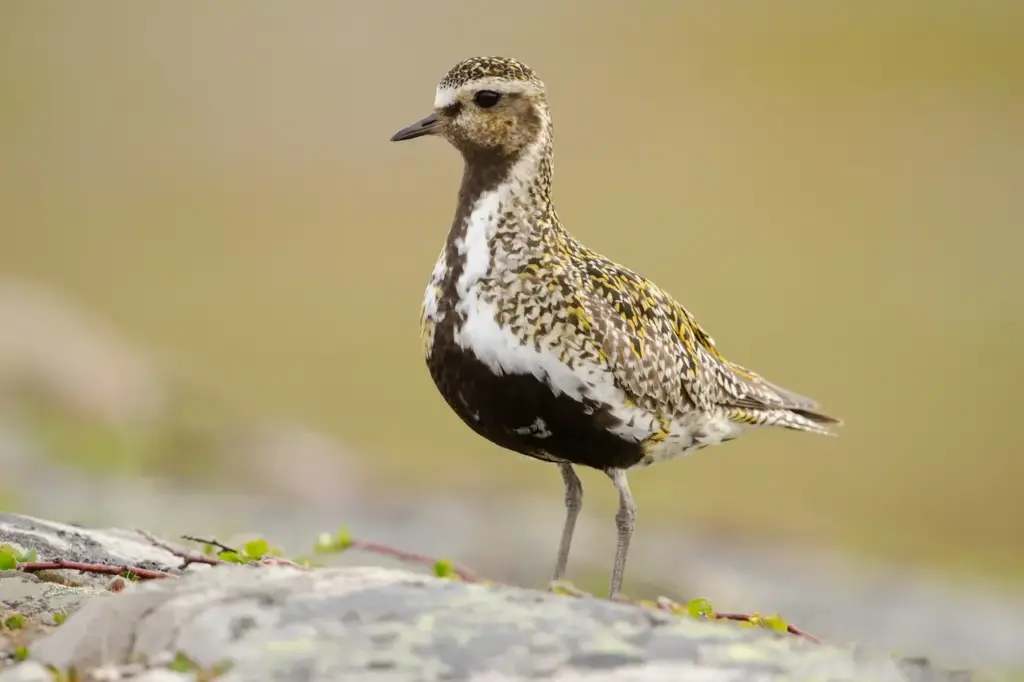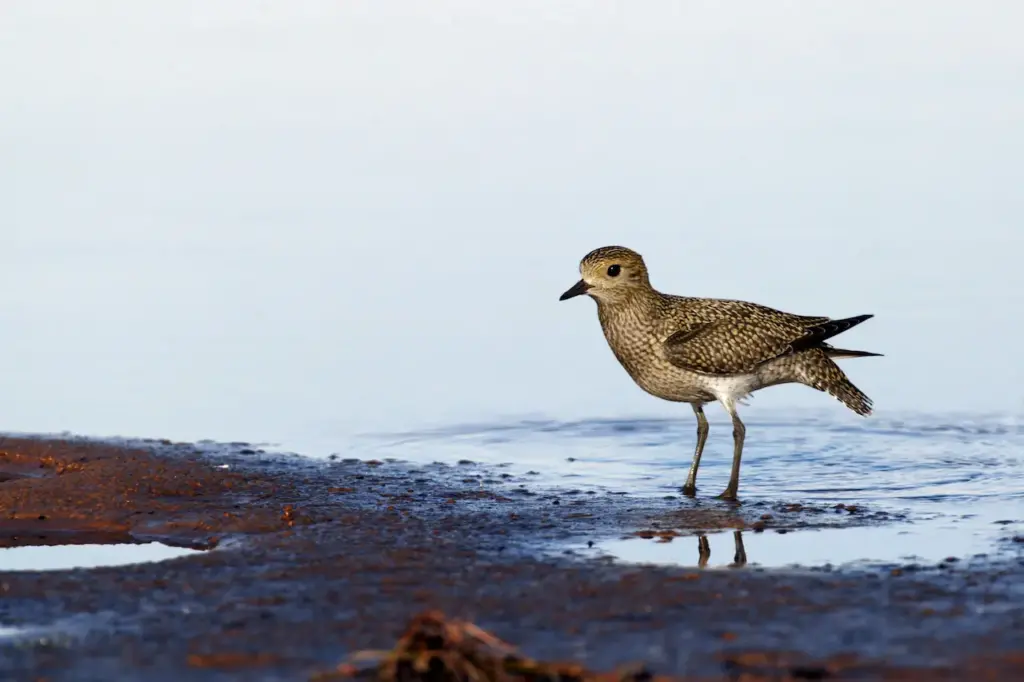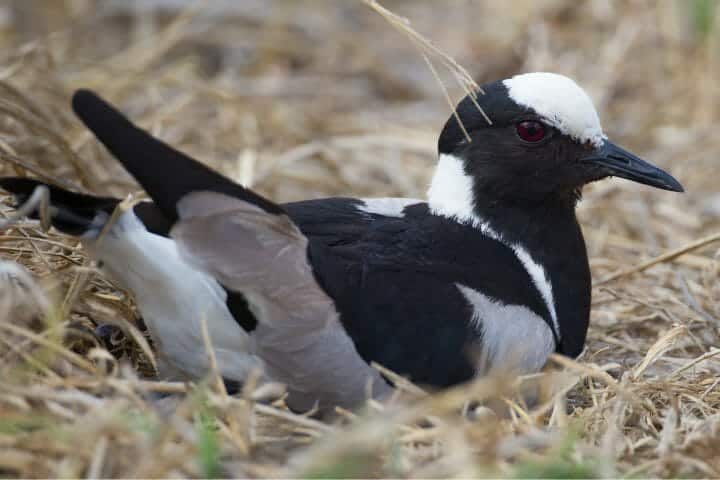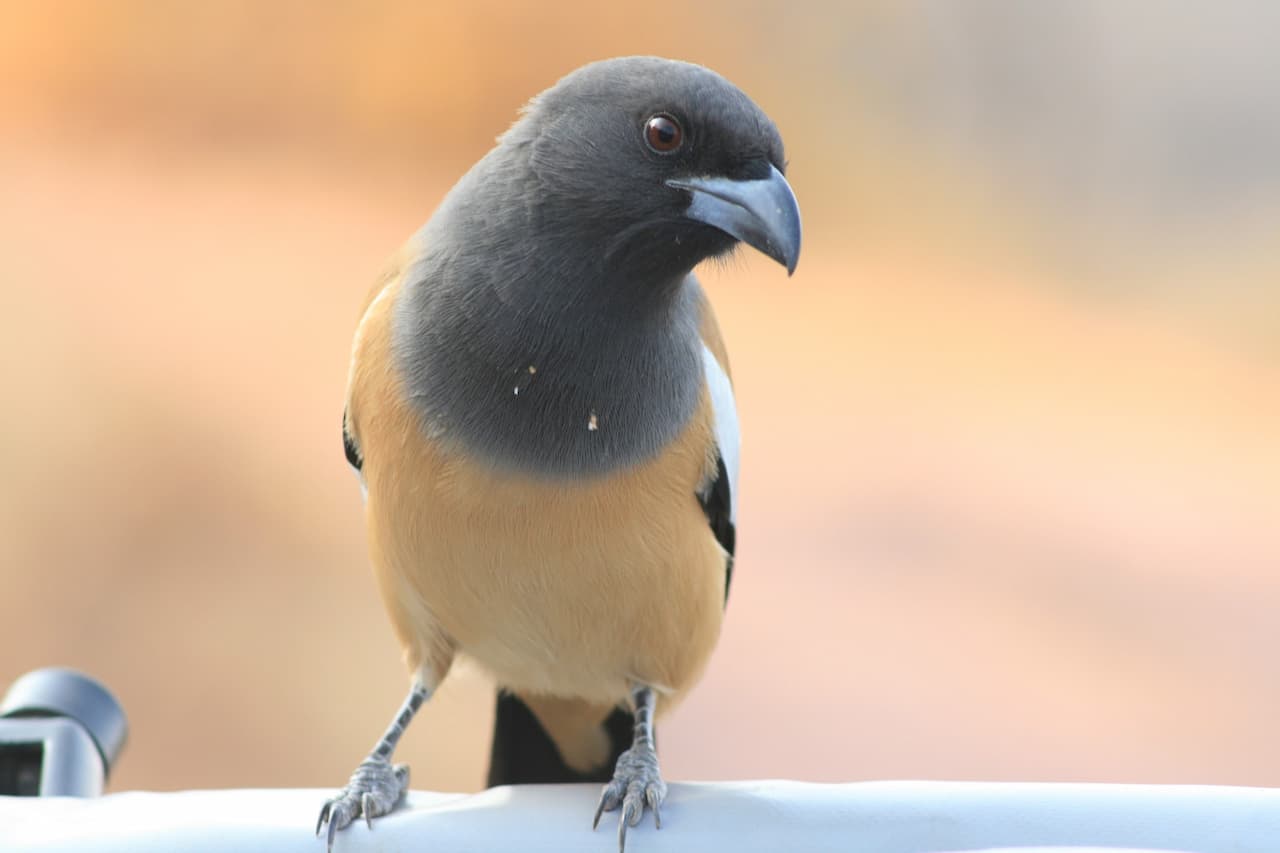Eurasian Golden Plovers
Eurasian Golden Plovers
The Eurasian Golden Plovers, Pluvialis apricaria, is a largish plover.
This species is similar to two other golden plovers. American Golden Plover, Pluvialis dominiica, and Pacific Golden Plover, Pluvialis fulva, are both smaller, slimmer and relatively longer-legged than Eurasian Golden Plover, and both have grey rather than white axillary feathers (only properly visible in flight).

Description
Breeding adults are spotted gold and black on the crown, back, and wings. Their face and neck are black with a white border; they have a black breast and a dark rump.
The legs are black. In winter, the black is lost and the plover then has a yellowish face and breast and white underparts.
Breeding habitat
Their breeding habitat is moorland and tundra in the northernmost parts of Europe and western Asia. They nest on the ground in a dry open area. They are migratory and winter in southern Europe and north Africa.
Around 500,000 birds winter in Ireland and Great Britain. Although generally common, its range has contracted somewhat in the past due to habitat destruction.
For example, in the 19th century, it disappeared as a breeding bird in Poland and only occurs there as a migrant nowadays; its breeding population in Central Europe apparently was a relict of the last ice age (Tomek and Boche?ski, 2005).
Feeding
These birds forage for food on tundra, fields, beaches, and tidal flats, usually by sight, although they will also feed by moonlight. They eat insects and crustaceans, also berries.

Protection
Moorland and protection of species in West Lower Saxony
The Eurasian Golden Plover is one of the species to which the Agreement on the Conservation of African-Eurasian Migratory Waterbirds (AEWA) applies.
References
- BirdLife International (2004). Pluvialis apricaria. 2006. IUCN Red List of Threatened Species. IUCN 2006. Retrieved on 11 May 2006. Database entry includes justification for why this species is of least concern.





